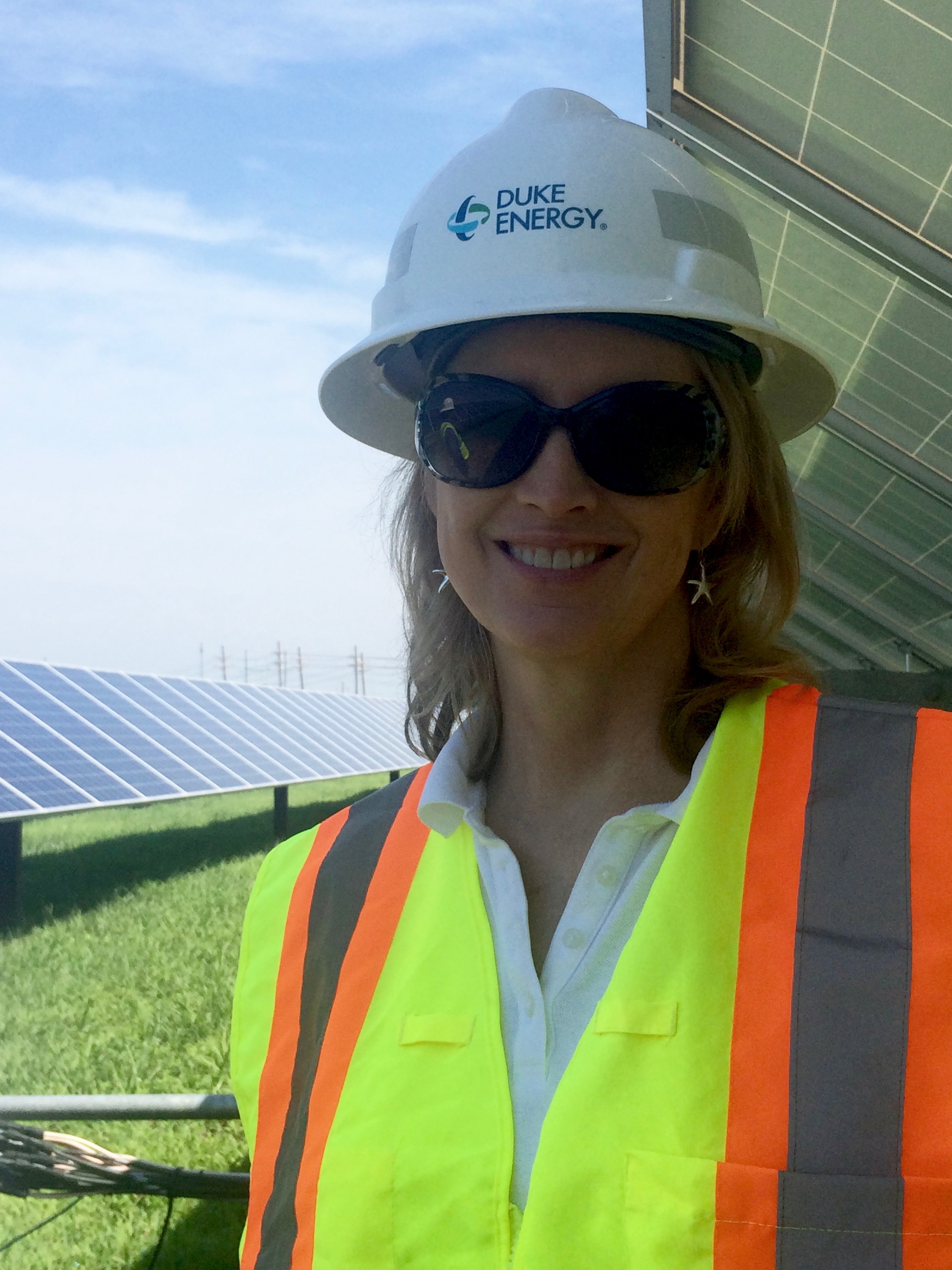Some say it’s down for the count. The current presidential administration stands firmly behind the industry. But all roads point to the neon sign- the coal heyday is behind us.
“From the Ashes,” a film distributed by National Geographic Documentary Films, and produced by Radical Media with support from Bloomberg Philanthropies, premiered at the Tribeca Film Festival Wednesday, April 26, 2017. It turns a spotlight toward the American coal industry and current trends at a time when coal is at the center of a national debate about how to manage America’s industrial decline. The film weaves together the tales of coal miners, community members affected by toxic air and water from coal pollution, and on-the-ground activists. It portrays a comprehensive portrait of the industry’s effect on local economic and environmental conditions.
One of the central questions in the debate is addressed upfront- why the decline? And it was a quick answer- it’s not economical to produce power using coal; natural gas is cheaper. The greatest “attack” on the coal industry is the natural gas industry. The competition from gas with the advent of hydraulic fracturing (fracking), and increasingly efficient rigs, challenged the coal industry, and moved natural gas to the number one fuel for producing electricity in U.S. Coupled with increasing awareness of the public health effects, and leadership from government , environmental groups, and even energy companies, the landscape of how electricity is produced in the United States has changed drastically in the last five years.
Most energy companies have decided that the investment required to update coal plants to meet air quality standards is better spent converting the plants to natural gas power plants. Other coal plants have simply been decommissioned altogether. Natural gas is cheaper, cleaner burning, and on the rise for electricity production.
Coal still provides around 30% of the country’s power, according to 2016 EIA data, behind natural gas at 33%. But if we’re talking about rapid decline, many industries have been hit by competitive technology and mechanization of production. The retail sector has lost 18 times as many jobs as the coal industry since 2001. So why so much attention?
1. Poignant, Historic American story
Well, for starters, retailers did not work in dangerous, dirty coal mines to electrify the country for a century, and they certainly did not die trying. The social, economic and historical legacy is strong, and the country, and coal companies, owe the miners. Michael Bloomberg has stated the “profits have been privatized and the costs socialized,” in reference to the coal industry. A string of coal giants have declared bankruptcy and have attempted to relieve themselves of their obligations to the workers. The miners are often left without pensions, healthcare, and jobs. And we, as energy consumers are “connected through the plug.”
2. Coal Central, a Singular Economy
The areas that are most affected by the decline in coal mining and plant shutdowns are concentrated areas of coal and only coal. There is no diversity of industry. Coal companies intentionally became the only game in town. For decades the coal companies convinced miners and local governments that it was best this way, and to be grateful for the jobs and economic activity. Coal was proudly, and intentionally, the only industry. With plant closures and layoffs, the workers are left to face the financial and health challenges of being embedded in the coal economy.
3. All or Nothing, Deep Roots
Similar to a farming town, there is family tradition, pride, community, and an entire social fabric around coal and the electricity it produces. In the town of Sunbury Pennsylvania, instead of a ball, they drop a light bulb on NYE. To coal miners who have been working in the mines for 30 years, it doesn’t matter that there are 800,000 jobs in the low carbon economy (and growing- solar employment grew by 25% in 2016 and wind by 32%), and far more economic and healthful opportunity. Coal-powered electricity and associated jobs are what they have known, and for good and for bad, everything is wrapped up in it. The water sources and the air are affected by it. Coal-related health problems are particularly prevalent in those areas. And the cultural symbols and traditions, demographics, daily schedule, and general way of life were built around the coal boom. Roots are hard to pull up when the center of your economic life is also the center of your life.
4. A Transition is a Transition, and Nobody Likes Change
Despite all the talk, transitions are costly and these communities are not getting the resources they need. There are some amazing organizations that are providing jobs and training to former coal miners. A West Virginia native, Brandon Dennison, is incubating small businesses in the Appalachia region with the Coalfield Development Corporation. President Obama had designated funding for diversification and workforce transition programs through Partnerships for Opportunity and Workforce and Economic Revitalization (POWER) Initiative (which Trump's proposed budget would cut). But they are still fundamentally underfunded.
Coal isn’t the first industry to experience a decline, however. In the case of tobacco, the government, using fees levied on tobacco companies, paid tobacco workers as the industry transitioned back to the free market after decades of government quotas. The paper and timber industries have slowed. Technology is replacing jobs in all spheres- on assembly lines, in grocery stores, and in print houses. But the fact that the communities are suffering and it’s a life-altering transition for them warrants, or at least helps to explain, the outcry.
The coal community is an affected and vulnerable population, which is why President Trump focused on garnering a support base there. His promises to “bring back” the coal industry and put coal miners “back to work,” draw attention to a small group of people who were critical to the country’s progress, who have been by and large unsupported during the industry’s decline, and who would like to hold on to what they know for as long as they can.
Moving on from Coal
But the truth of the matter is that coal is a “20th century fuel.” It is no longer financially sensible to produce electricity using coal, with or without increased regulations. Lawsuits using the Clean Air Act have affected what types of coal we get from which mines and which plants remain operable (the most egregious offenders with outdated technology are more easily shutdown). But market forces ultimately have contributed the fuel’s decline. Solar and wind, along with battery technology, are advancing. Electricity demand in the U.S. is relatively stagnant. Natural gas put a pin in it.
When you hear talk about coal, know there are deep rooted economic and environmental forces and legacies at play. Today it’s a small industry, a shell of what it was. Coal miners need the support of the people who have consumed the power for decades.
But also recognize the shift away from coal is a shift forward.
There are 20 deaths from coal pollution each day, and fewer coal plants and mines means a more healthy population. As Mary Anne Hitt, Director of the Sierra Club’s Beyond Coal Campaign, states “There has not been a more exciting time to watch how electricity is produced in America since the industrial revolution.” Empathizing and supporting affected communities, diversifying local economies and power supply, and adapting with changing circumstances is how we progress and is how we build a truly Electric America.
To support affected populations, visit https://www.crowdrise.com/fromtheashesfilm.
“From the Ashes,” premieres on National Geographic on June 25th, 2017.
www.fromtheashesfilm.com
Additional Information:
Coal Transition & Bankruptcies:
http://www.pbs.org/newshour/rundown/nations-largest-coal-mining-company-files-for-bankruptcy-protection
https://thinkprogress.org/coal-communities-trump-budget-6b74acddaa46
http://www.coalfield-development.org
https://thinkprogress.org/coal-communities-trump-budget-6b74acddaa46
Tobacco Transition
http://info.ncagr.gov/blog/2013/12/31/todays-topic-tobacco-transition-payment-program-coming-to-an-end/
Decline in Jobs & Power Production
https://www.eia.gov/coal/annual/
https://www.eia.gov/tools/faqs/faq.php?id=427&t=3
https://www.nytimes.com/2017/04/17/opinion/why-dont-all-jobs-matter.html?_r=0
https://www.washingtonpost.com/news/wonk/wp/2017/03/31/8-surprisingly-small-industries-that-employ-more-people-than-coal/?utm_term=.915b3fdc62dc






















